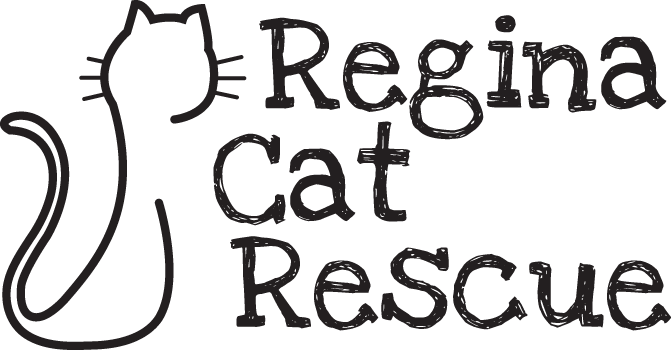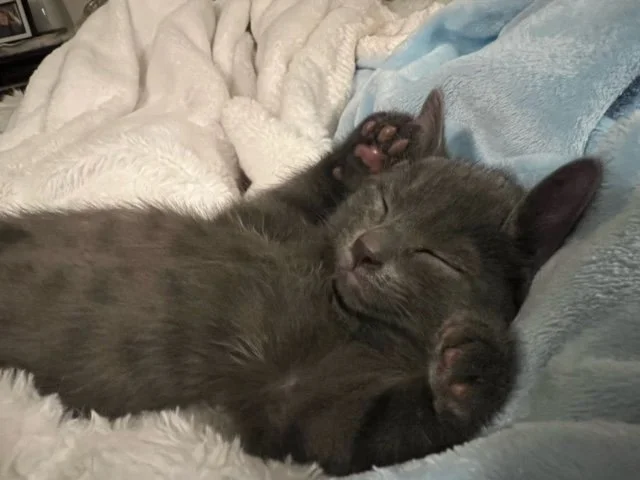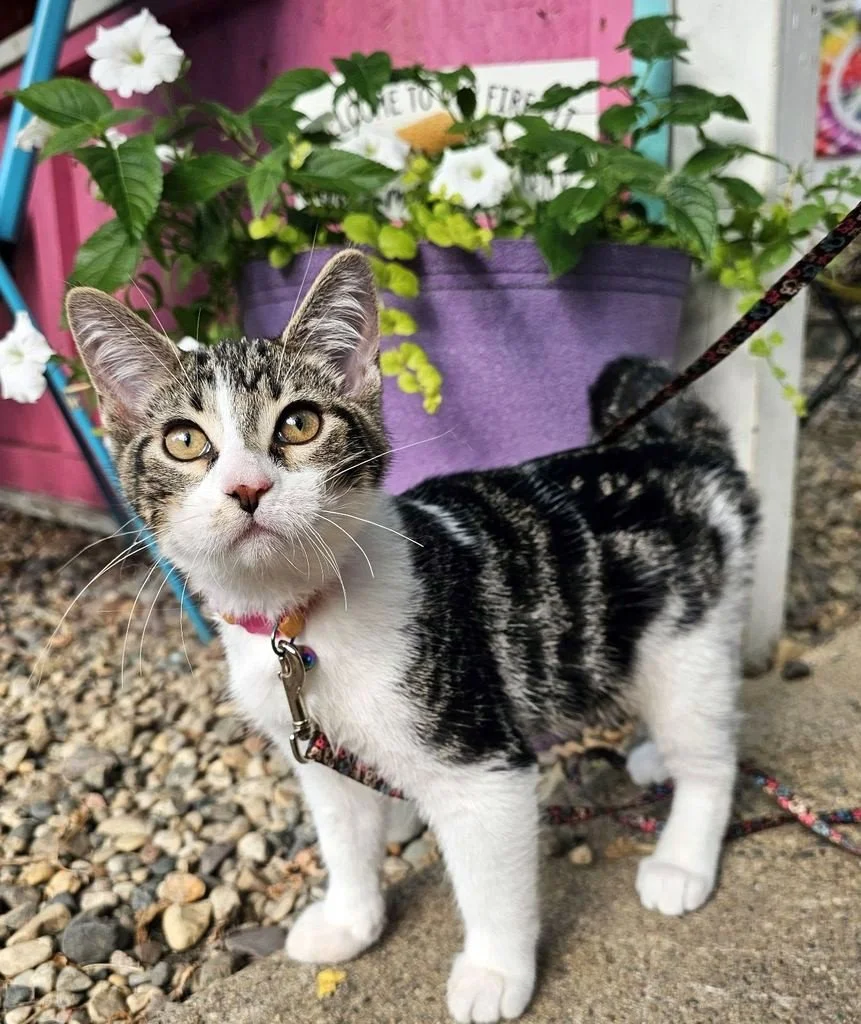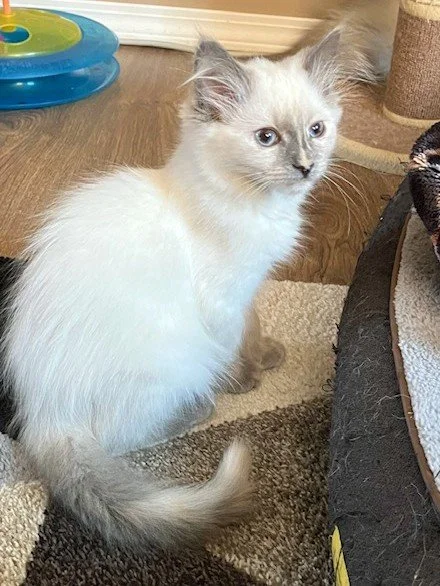Maximum Allowable Limit Policy
/Revised November 2018
There is a maximum of 14 animals allowed in any one foster home, dependent on the type of animal, up to and including 10 cats, which must include all existing resident pets. This is to safeguard against the possibility of burnout and to manage the risk of having to place a number of animals at one time should an emergency arise.
Large numbers of rescues will be based first on the age and immediate financial requirements of the rescues. If possible, preference will be given to females old enough to breed, young cats and kittens who are adopted more quickly, and finally, males over the age of six months.
Decisions on the number of cats rescued at one time (one location or situation) will be made based on capacity across the foster care system, not one foster home’s willingness to take on large numbers of rescues at one time.
Immediate steps will be taken to reduce the number of fosters in a home where the maximum allowed animals is exceeded, through the use of satellite locations such as PetSmart, if appropriate, and other foster homes. Also, no new foster cats coming in should be placed in homes that are above the maximum limit, even if they are willing to take on the responsibility.
Priority will be given to cats and kittens identified by the Community Cat Team co-chairs as in need of rescue.
Exceptions to this policy that may be considered include: failed adoptions/return of cat to original foster home; orphaned babies needing bottle feeding; nursing mothers with litters; cats and kittens that require specific medical interventions such as the provision of subcutaneous fluids and other medications requiring experienced cat care providers; those with serious injuries requiring immediate veterinary intervention and experienced post-care (e.g. limb amputation, severe frost bite, broken bones, etc.).










